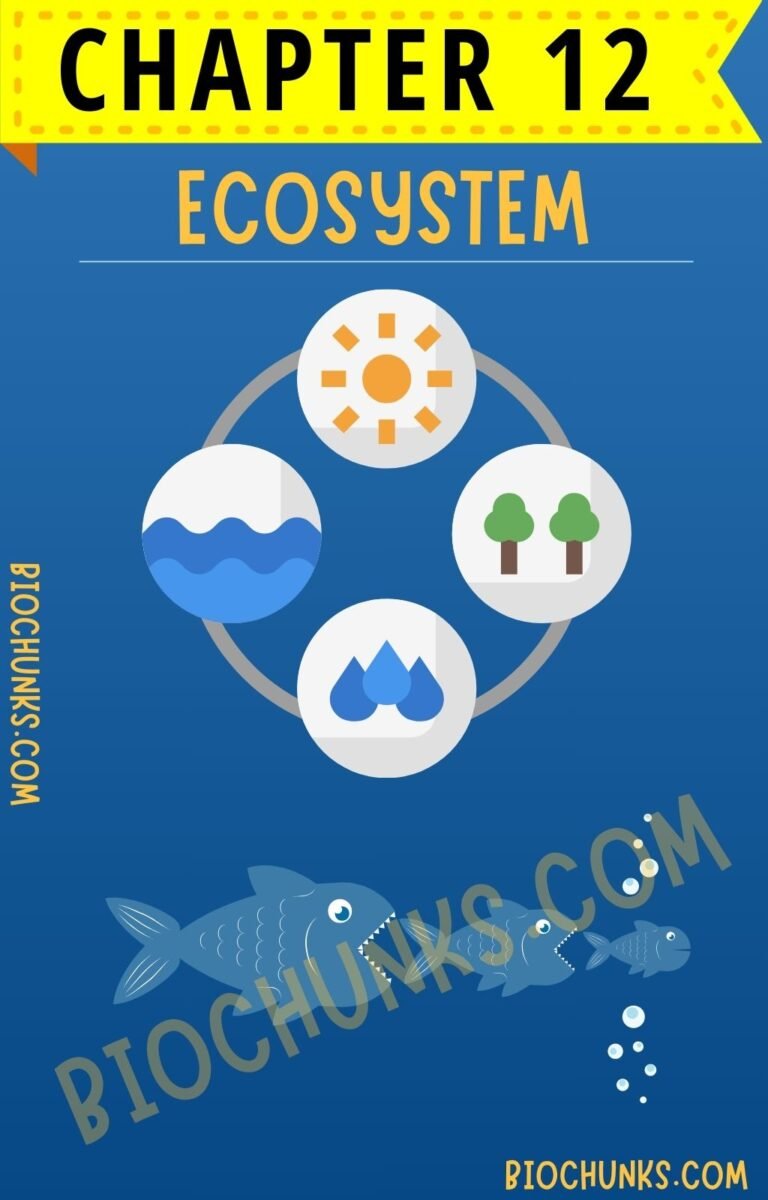Table of Contents (tap to open/close)
What Do Different Food Items Contain?
Introduction
- We learned about different food items and their variety across India.
- Examples of meals:
- Chapati, dal, and brinjal curry
- Rice, sambar, and bhindi
- Appam, fish curry, and vegetables
Activity 1: Understanding Our Meals (click here)
- Most meals include grains, dal, meat, and vegetables.
- Meals may also have curd, buttermilk, and pickles.
- Table 1.1 shows examples of meals from different regions.
- Sometimes we eat simpler meals, especially when traveling.
Why Do We Need Different Foods?
- Our body needs various kinds of food for different purposes.
What Do Different Food Items Contain?
- Ingredients: Come from plants or animals.
- Nutrients: Important components needed by our body.
- Carbohydrates
- Proteins
- Fats
- Vitamins
- Minerals
- Dietary fibres
- Water
Testing for Nutrients
- Simple tests can show if food contains carbohydrates, proteins, or fats.
Test for Starch (Carbohydrates)
- Use iodine solution.
- A blue-black color indicates starch presence.
Test for Protein
- Use copper sulphate and caustic soda.
- A violet color indicates protein presence.
Test for Fats
- Wrap food in paper and crush it.
- An oily patch indicates fat presence.
Observations and Conclusions
- Food items contain different nutrients.
- Some foods may have more than one nutrient.
- Vitamins and minerals are also essential.
Summary
- Our body needs a variety of nutrients to stay healthy.
- Simple tests can help us identify these nutrients in our food.
What Do Various Nutrients Do For Our Body?
Energy-Giving Nutrients
- Carbohydrates: Provide energy to our body.
- Fats: Give more energy than carbohydrates.
- Foods with fats and carbohydrates are called “energy giving foods.”
Body-Building Nutrients
- Proteins: Needed for growth and repair of the body.
- Called “body building foods.”
Protective Nutrients
- Vitamins: Help protect our body against diseases and keep eyes, bones, teeth, and gums healthy.
- Different types: Vitamin A, Vitamin C, Vitamin D, Vitamin E, Vitamin K, and Vitamin B-complex.
- Vitamin A: Keeps skin and eyes healthy.
- Vitamin C: Helps fight diseases.
- Vitamin D: Helps use calcium for bones and teeth.
- Vitamin B-complex: Group of vitamins essential in small quantities.
Essential Minerals
- Minerals: Needed in small amounts for proper growth and health.
- Found in various foods.
- Most foods contain multiple nutrients, but some have more of one type (e.g., rice is rich in carbohydrates).
Other Essential Components
- Dietary Fibres (Roughage): Found in plant products like whole grains, pulses, potatoes, fruits, and vegetables.
- Helps the body get rid of undigested food.
- Water:
- Helps absorb nutrients and eliminate waste through urine and sweat.
- Found in drinks (water, milk, tea) and many foods.
- Also added while cooking.
Activity 3: Observing Water in Food
- Cut a tomato or lemon and notice if your hands get wet.
- Observe if vegetables and fruits contain water when being prepared at home.
- Many food items contain water, which helps meet our body’s needs.
Balanced Diet
What is a Balanced Diet?
- Diet: The food we eat in a day.
- Balanced Diet: Contains all necessary nutrients in the right amounts, along with roughage and water.
Factors Affecting Diet
- Different ages need different types of diet.
- Diet requirements depend on the amount of physical work done.
Checking Your Diet
- Make a chart of what you eat in a week to see if it includes all nutrients.
Sources of Nutrients
- Pulses, groundnut, soyabean, sprouted seeds (moong, Bengal gram), fermented foods (idlis), mixed flours (missi roti, thepla), banana, spinach, sattu, jaggery, and vegetables: Provide many nutrients.
- A balanced diet can be achieved without expensive foods.
Cooking and Nutrient Loss
- Proper cooking preserves nutrients.
- Washing vegetables and fruits after cutting can cause vitamin loss.
- Excess water during cooking and then throwing it away can cause loss of proteins and minerals.
- Vitamin C is destroyed by heat, so include some raw fruits and vegetables.
Misconceptions about Fats
- Eating too much fat-rich food can lead to obesity.
- Balance is key, not just high energy foods.
Deficiency Diseases
What are Deficiency Diseases?
- Occur when a diet lacks specific nutrients over a long period.
Effects of Nutrient Deficiency
- Protein deficiency: Stunted growth, swollen face, hair discoloration, skin diseases, diarrhea.
- Carbohydrate and protein deficiency: Severe thinness, weakness, halted growth.
Vitamin and Mineral Deficiency
- Leads to specific diseases or disorders (details in Table 1.3).
Prevention
- All deficiency diseases can be prevented by eating a balanced diet.
Important Note
- Fortified foods: Key vitamins and minerals are added to staples like rice, wheat, oil, milk, and salt to improve nutritional content.
Chapter Summary:
- The major nutrients in our food are carbohydrates, proteins, fats, vitamins, and minerals.
- Food also contains dietary fibres and water.
- Carbohydrates and fats mainly provide energy to our body.
- Proteins and minerals are needed for the growth and maintenance of our body.
- Vitamins help in protecting our body against diseases.
- A balanced diet provides all the nutrients that our body needs, in the right quantities, along with an adequate amount of roughage and water.
- Deficiency of one or more nutrients in our food for a long time may cause certain diseases or disorders.
Keywords
| Serial No. | Keywords | Serial No. | Keywords |
|---|---|---|---|
| 1 | Balanced diet | 7 | Nutrients |
| 2 | Beriberi | 8 | Proteins |
| 3 | Carbohydrates | 9 | Roughage |
| 4 | Energy | 10 | Scurvy |
| 5 | Fats | 11 | Starch |
| 6 | Minerals | 12 | Vitamins |



